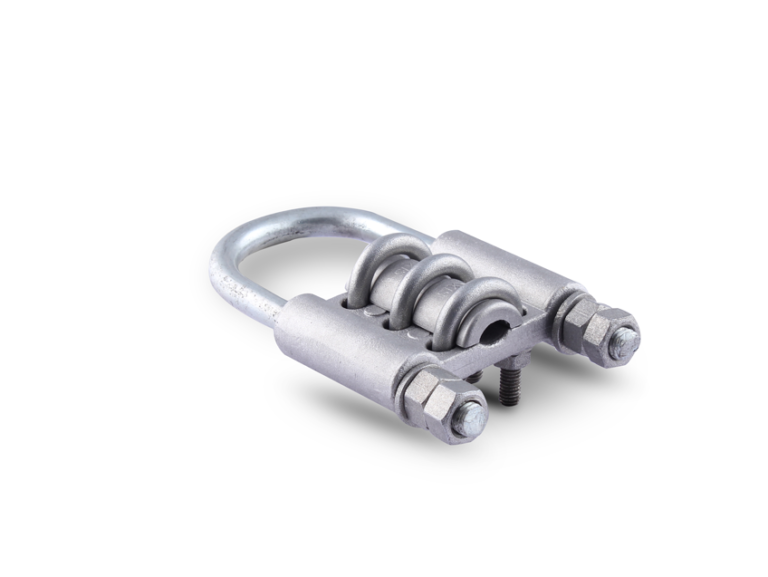In the domain of electrical and telecommunications infrastructure, tension clamps serve as essential components for securely suspending and supporting cables. These clamps, designed to withstand varying loads and environmental conditions, play a critical role in maintaining the integrity and stability of overhead cable networks. In this discussion, we’ll delve into the functionality, applications, and advantages of tension clamps in diverse industries.
Functionality of Tension Clamps:
Tension clamps are specifically engineered to provide a robust and dependable means of securing cables in overhead applications. They typically consist of a sturdy metal or composite body with gripping mechanisms designed to firmly hold the cable in place while maintaining appropriate tension. Tension clamps are often adjustable to accommodate different cable sizes and tensions, allowing for flexibility in installation and maintenance.
Applications of Tension Clamps:
Tension clamps find widespread use in various industries and applications, including:
Electrical Power Distribution: In overhead power distribution systems, tension clamps are utilized to support and suspend electrical cables along transmission lines and distribution networks. They ensure proper tensioning of conductors to prevent sagging and maintain clearance requirements.
Telecommunications Infrastructure: Tension clamps are integral to the installation of aerial fiber optic cables, coaxial cables, and communication lines. They provide secure attachment points for cables, enabling efficient transmission of data and signals across long distances.
Railway Electrification: Tension clamps are employed in railway electrification projects to support overhead catenary wires and contact wires. They help maintain the required tension in the wires, ensuring reliable power supply to electric trains and reducing the risk of overhead wire damage or derailments.
Urban Infrastructure: In urban environments, tension clamps are used for street lighting installations, overhead signage, and cable management systems. They help organize and support cables, reducing the risk of entanglement, damage, or obstruction to pedestrian and vehicular traffic.
Advantages of Tension Clamps:
Tension clamps offer several key advantages:
Secure Cable Suspension: Tension clamps provide a secure and stable means of suspending cables, preventing sagging, vibration, and sway even under dynamic environmental conditions.
Adjustability: Many tension clamps feature adjustable components, allowing for precise tensioning of cables to meet specific requirements and accommodate variations in cable diameter and length.
Durability: Constructed from robust materials such as galvanized steel, aluminum alloy, or high-strength composites, tension clamps are designed to withstand corrosion, UV exposure, and mechanical stress over extended periods.
Ease of Installation: Tension clamps are typically designed for straightforward installation, requiring minimal tools and equipment. This facilitates rapid deployment and reduces installation time and labor costs.
Versatility: Tension clamps are versatile components that can be used in a wide range of applications and configurations, adapting to different cable types, sizes, and installation scenarios.
Conclusion:
Tension clamps play a vital role in the reliable and efficient operation of overhead cable networks across various industries. Whether in power distribution, telecommunications, railway electrification, or urban infrastructure projects, tension clamps provide a secure and dependable solution for cable suspension and support. With their durability, adjustability, and versatility, tension clamps contribute to the safety, stability, and longevity of overhead cable installations, ensuring uninterrupted service and minimizing downtime for maintenance and repairs.

